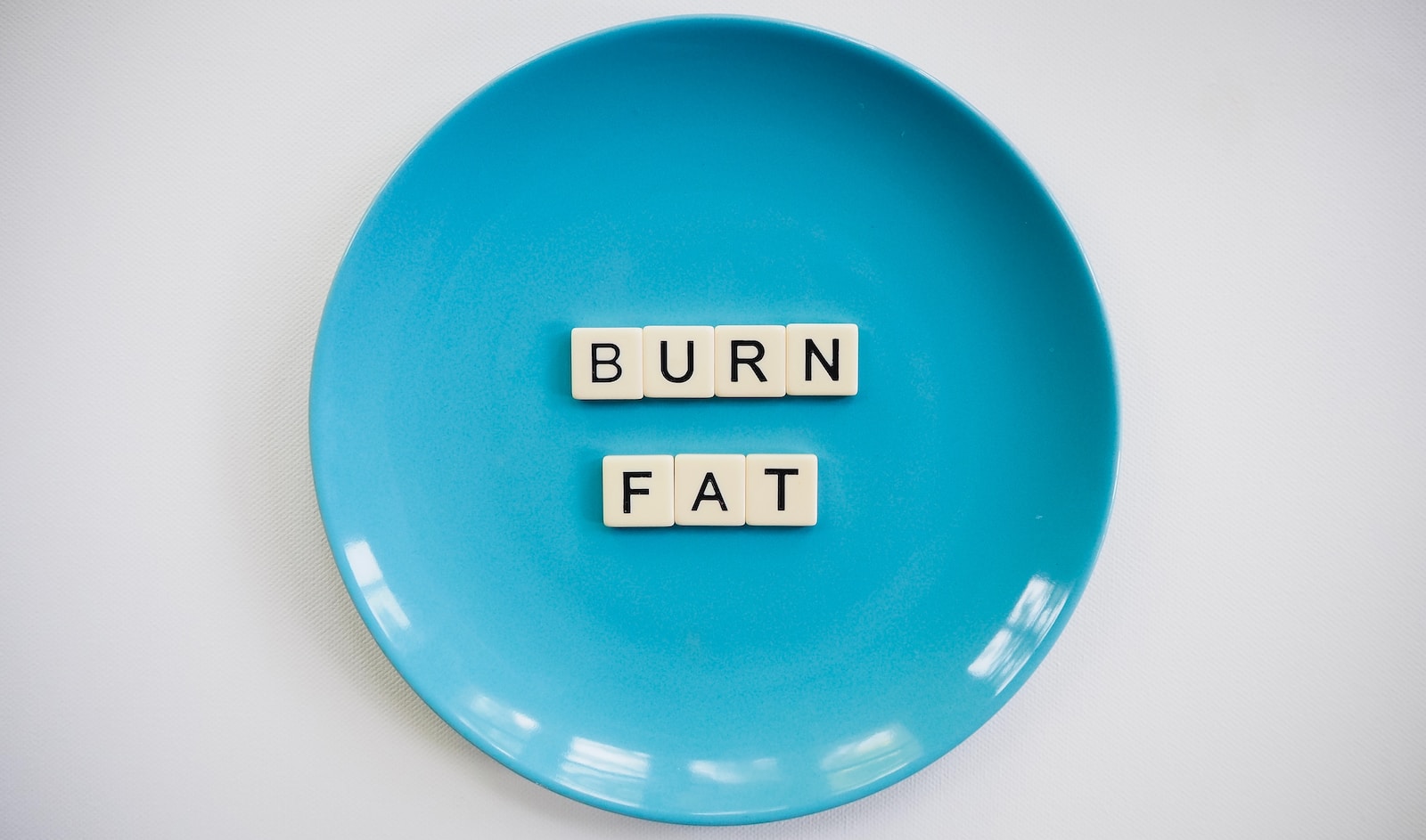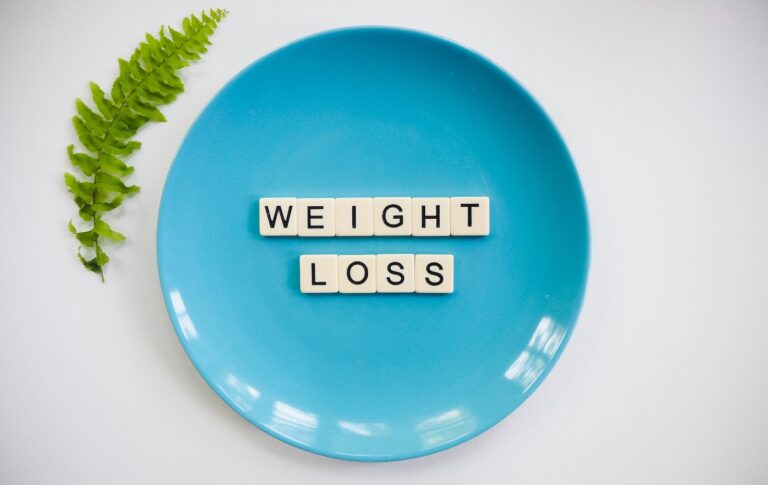Portion Control: How to Make Smarter Food Choices for Weight Loss
Do you ever find yourself wondering why your efforts to lose weight aren’t yielding the results you want? It may surprise you to learn that small changes – specifically, smarter food choices and portion control – can make a big difference. With so many diets and fads out there, it’s easy to get overwhelmed with conflicting information. But don’t worry – we’ve got you covered!
In this post, we’ll explore simple strategies for making healthier food choices and controlling your portions without feeling deprived or hungry all the time. So grab a seat and let’s dig in!
Proper portion size

How to make smarter food choices for weight loss:
- Plan Ahead: When you know what you’re eating, it’s easier to portion out those calories in a way that helps you stay healthy and mindful of your overall calorie intake. Write down the foods you’ll be eating, the serving size, and the number of calories per serving. This way, when you sit down to eat, you don’t have to search through a list of calorie-dense foods looking for something lower in calories.
- Eliminate Sugar-Sweetened Beverages: Limit how much sugar is in your diet by avoiding sugar-sweetened beverages (SSBs). These drinks are loaded with sugar and can pile on the pounds quickly. Opt for water or unsweetened tea instead.
- Limit processed foods: Processed foods are often high in sodium, unhealthy fats, and artificial ingredients. They may also contain hidden sugars that can spike your blood sugar levels. Try to eat more whole foods that are unprocessed and relatively low in salt and sugar.
- If You Do Eat Processed Foods, Avoid Trans Fats: Trans fats are bad news for your health. Research suggests that they increase your risk of heart disease, stroke, and Type 2 diabetes by promoting harmful inflammation in the body. If possible, try to avoid all trans fatty acids (including partially hydrogenated oils).
How to estimate your calorie needs
To estimate your calorie needs, start by monitoring your weight and activity levels. Use the calculator on this site to find out how many calories you need per day to maintain your current weight. You can also use the calculator to see how many calories you need per day to lose weight.
To help you make wiser food choices, here are some tips:
1) When shopping for groceries, compare prices between brands and choose foods that are lower in calories.
2) Avoid eating sugary drinks and snack foods that contain high amounts of sugar. Instead, fill up on healthy vegetables and fruits throughout the day.
3) Make sure every meal includes protein, fiber and healthy fats to help curb cravings and stay fuller longer. Try grilled chicken or fish instead of Kraft cheese slices, whole-grain toast with avocado butter or a nut-based OTE like almond butter.
4) Exercise regularly (at least 30 minutes a day), but don’t overdo it — excessive exercise can lead to injuries and wasted time. Choose activities that you enjoy so you’re more likely to stick with it.
5) Finally, be mindful of your overall calorie balance. Eating more calories than you burn causes weight gain, and eating too few calories can lead to a dangerously low energy level and even malnutrition.
Follow the tips above to make healthy choices all around.
What to eat for breakfast, lunch, and dinner
For breakfast, try oatmeal with sliced strawberries and a drizzle of maple syrup. For lunch, pack a sandwich with some veggies, like roasted Brussels sprouts and filled buns, or make a salad with mix-and-match greens and your favorite protein source, like grilled chicken or shrimp. For dinner, scan the ingredient list on your favorite restaurant dish and plan out a healthy version at home using clean ingredients.
If you find it hard to stick to a meal plan on the weekends when you’re craving something different every single day, consider creating an around-the-weekend meal plan that incorporates foods from all three meals. By portioning out your food choices intelligently and making smarter food choices overall, you can help yourself lose weight while enjoying delicious food!
practical tips for portion control
There are a few practical tips for portion control that can help you lose weight.
First, try to avoid eating large meals or snacks. This will help curb your appetite and make it easier to stick to your diet plan.
Second, try to mix up your food choices so that you don’t get too used to eating the same things over and over again.
Third, be aware of the amount of salt and sugar that you’re eating, as both of these can contribute to weight gain.
Make sure to wear comfortable clothing when preparing food so that you don’t feel obligated to eat more than you want.
Overall, it is important to keep a healthy diet and exercise routine in order to lose weight. By following these simple tips, you can make the process a lot easier.
Tailor your diet to your activity level and appetite
When you want to lose weight, it is important to first understand your appetite. If you are more active, then you may need more calories than someone who is less active. Similarly, if you have a larger appetite, you will need more food to maintain your current weight. There are a few simple tips to follow when trying to tailor your diet to your activity level and appetite:
Tip #1: Track Your Activity Level
Using a fitness tracker can help you better understand how active you are each day. By tracking how many steps you take and how many calories you burn, you can make adjustments to your diet accordingly.
Tip #2: Eat More Protein
Protein is an important part of any weight loss plan. It helps keep you feeling full longer and can help stave off hunger pangs throughout the day. Try including protein-rich foods such as lean meats, poultry, legumes and eggs in every meal.
Tip #3: Avoid Sweets and Processed Foods
Many processed foods are high in sugar and fat . These types of foods will sabotage any successful weight loss effort by filling up your stomach without having much nutritional value. Instead, reach for healthy options such as fruits, vegetables and whole grains whenever possible.
Remember, diet is only one component of an overall weight loss program. Working out regularly and eating a nutritious diet are essential for long-term success.
Keep a food journal
Food journaling is an extremely helpful way to track your caloric intake and help you make smarter food choices for weight loss. By keeping track of the foods you eat and how many calories they contain, you can identify which foods are driving your calorie intake and make tweaks to your eating habits accordingly.
The specific steps you need to take to start a food journal depend on your dietary preferences and lifestyle, but generally the approach involves creating a list of everything you eat for a certain period of time (typically one week) and then tallying up the calories and nutrients that were contained in each meal or snack. This information will give you a detailed picture of your overall caloric intake and allow you to make better choices moving forward.
One key factor to keep in mind when starting a food journal is that there is no “right” way to do it. What’s important is that you be honest with yourself about what foods are filling and nutritious, and that you track everything so that you can see whether or not your diet is helping you lose weight.
Conclusion
If you’re looking to lose weight, it’s important to be smart about the foods that you eat. To make smarter food choices for weight loss, first be aware of your overall caloric intake. Next, break down your meals into smaller chunks and enjoy each one. And finally, keep an eye on portions—especially if you’re trying to lose weight quickly. By following these tips, you’ll be able to create healthier habits for a lifetime!







2 Comments